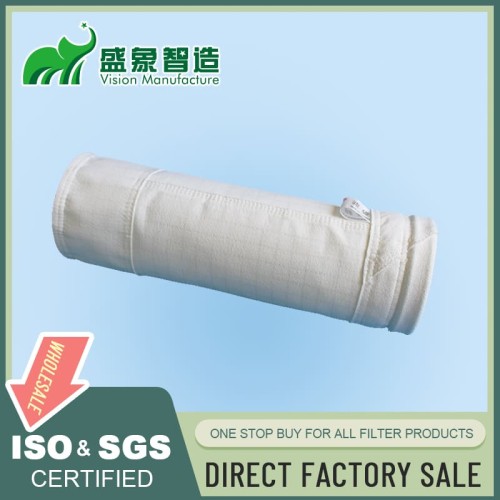
Filter Bag Sizes: Unlocking Efficiency
Introduction
In the realm of industrial filtration, the significance of filter bag sizes cannot be overstated. This comprehensive guide delves into the nuances of selecting and understanding filter bag dimensions, exploring the impact on filtration efficiency and industrial operations.
Table of Contents
- Introduction
- Understanding Filter Bag Dimensions
- Significance of Choosing the Right Size
- Types of Filter Bag Sizes
- Reading a Filter Bag Size Chart
- Factors Influencing Filter Bag Size Selection
- Common Mistakes in Size Selection
- Custom vs. Standard Sizes: Pros and Cons
- Compatibility Across Filter Bag Systems
- Applications Across Industries
- Innovations in Filter Bag Sizing
- Best Practices in Creating Size Charts
- Real-world Applications: Success Stories
- FAQs: Addressing Common Queries
Understanding Filter Bag Dimensions
Filter bag dimensions encompass various aspects, from length and diameter to volume capacity. Familiarizing oneself with these dimensions lays the foundation for effective size selection.
Significance of Choosing the Right Size
Choosing the correct filter bag size is pivotal for ensuring optimal filtration efficiency. A well-fitted bag contributes to cleaner processes, reduced maintenance, and enhanced overall performance.
Types of Filter Bag Sizes
Filter bags come in standard and custom sizes. Understanding the differences and applications of each type is crucial for industries with diverse filtration needs.
Reading a Filter Bag Size Chart
Deciphering a filter bag size chart involves understanding symbols, abbreviations, and numerical representations. This section provides a step-by-step guide to interpreting these charts.
Factors Influencing Filter Bag Size Selection
Several factors, including material compatibility, flow rates, and specific filtration goals, influence the selection of filter bag sizes. A thorough understanding of these considerations is essential.
Common Mistakes in Size Selection
Avoiding pitfalls in size selection is critical. This section highlights common errors, such as neglecting flow dynamics or underestimating contaminants, and provides guidance on steering clear of them.
Custom vs. Standard Sizes: Pros and Cons
Choosing between custom and standard sizes involves considering factors like cost, lead time, and specificity. This section explores the benefits and drawbacks of each option.
Compatibility Across Filter Bag Systems
Ensuring compatibility is vital, especially for industries employing diverse filter bag systems. Compatibility enhances flexibility and simplifies maintenance across various systems.
Applications Across Industries
Filter bag sizes find applications across a spectrum of industries, from pharmaceuticals to wastewater treatment. Tailoring sizes to specific industrial needs optimizes performance and cost-effectiveness.
Innovations in Filter Bag Sizing
Technological advances, such as predictive sizing algorithms and smart monitoring, are revolutionizing filter bag sizing. Staying abreast of these innovations is key for industry professionals seeking cutting-edge solutions.
Best Practices in Creating Size Charts
Creating effective filter bag size charts involves adhering to best practices. Clear labeling, regular updates, and user-friendly formats contribute to the chart's efficacy.
Real-world Applications: Success Stories
Instances where meticulous size selection led to efficiency gains serve as benchmarks for industries. Real-world applications underscore the tangible impact of optimal sizing on industrial processes.
FAQs: Addressing Common Queries
1. How often should filter bag sizes be checked?
Regular checks are recommended, especially when altering filtration processes or introducing new materials.
2. Can one-size-fits-all be applied to filter bags?
While standard sizes exist, tailoring sizes to specific applications often leads to better results.
3. What happens if the wrong filter bag size is chosen?
Incorrect sizing may result in reduced efficiency, increased operational costs, and potential damage to equipment.
4. Are filter bag sizes standardized across industries?
Standardization exists, but industries may have unique requirements, leading to variations.
5. Can custom-sized bags be used in any system?
Compatibility is crucial. Custom-sized bags should align with the specifications of the filtration system.
6. Do technological advances in sizing apply universally?
Technological advancements benefit various industries, offering innovative sizing solutions for diverse applications.
Conclusion
Mastering the nuances of filter bag sizes is indispensable for industries relying on efficient filtration. The journey from understanding dimensions to selecting the right size is a strategic decision that directly influences operational efficiency and cost-effectiveness. Stay informed, optimize sizing, and witness enhanced filtration performance.


